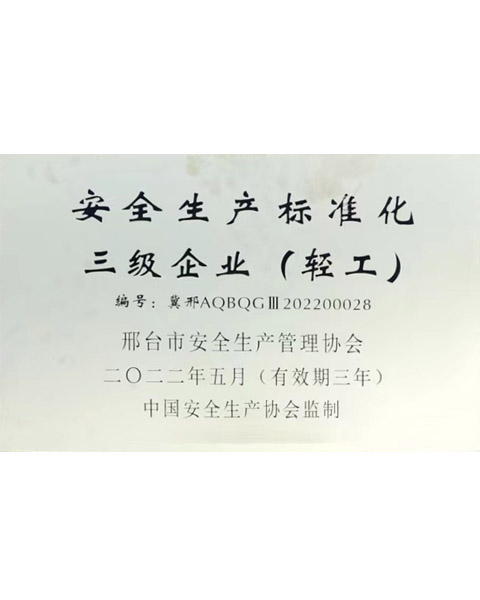How to Fix Power Steering Hose Leaks at Fittings for Improved Vehicle Performance
Understanding Power Steering Hose Leaks at the Fitting
Power steering is an essential component of modern vehicles, providing drivers with the ability to steer with ease and precision. However, like any mechanical system, power steering systems can experience issues over time. One common problem that vehicle owners may encounter is a leak in the power steering hose, particularly at the fitting. Understanding the causes, symptoms, and solutions for these leaks is crucial for maintaining vehicle performance and safety.
A power steering hose carries fluid between the power steering pump and the steering gear, allowing for smooth operation. Over time, the hoses can become worn due to exposure to heat, pressure, and the constant movement of the vehicle’s components. The fittings, which connect the hoses to the pump and steering gear, are critical points where leaks can occur. A leak at the fitting is often characterized by fluid seeping out from the junction between the hose and the fitting.
Causes of Leaks
There are several reasons why a power steering hose may leak at the fitting. First, the most common cause is wear and tear. The rubber used in hoses can deteriorate with age, especially if it has been exposed to high temperatures or aggressive steering fluid. Additionally, the metal fittings can corrode or become damaged over time, compromising their ability to maintain a tight seal.
Another potential cause of a leak is improper installation. If the hose was not installed correctly, it may not fit securely into the fitting, allowing for fluid to seep out. This can happen if the fitting is cross-threaded or if the hose does not align properly. Similarly, overtightening the fittings can result in damage to both the hose and the fitting, leading to leaks.
Symptoms of a Leak
power steering hose leak at fitting

The symptoms of a power steering hose leak can be relatively straightforward. The most noticeable sign is the presence of power steering fluid, typically a bright red or pink liquid, pooling under the front of the vehicle or dripping from the fittings. Additionally, drivers may notice a decrease in power steering performance, such as difficulty in turning the steering wheel or a whining noise when steering. If left unaddressed, fluid loss can lead to greater strain on the power steering pump, potentially causing costly damage.
Solutions and Repairs
If a power steering hose leak is suspected, it is essential to address the issue promptly to avoid further damage to the system. The first step is to identify the source of the leak. This can often be done visually or by using a dye added to the fluid, which can help highlight the leak site under ultraviolet light.
Once located, the repair may involve tightening the fitting if it is loose. However, if the hose is worn or damaged, it will need to be replaced entirely. Replacing a power steering hose is generally straightforward but should be done with care. It is important to ensure that the new hose is compatible with the vehicle’s specifications and that all fittings are correctly tightened.
In some cases, an entire power steering system inspection may be required to determine if other components are affected by the fluid loss. Regular maintenance checks can help prevent significant issues and prolong the life of the power steering system.
Conclusion
A power steering hose leak at the fitting is a common issue that can have serious implications for vehicle performance. Understanding the causes, symptoms, and repair processes associated with these leaks can help vehicle owners take proactive steps to maintain their steering systems. Regular inspections and timely repairs are crucial for ensuring safe and efficient vehicle operation, keeping drivers confident on the road.
-
Ultimate Spiral Protection for Hoses & CablesNewsJun.26,2025
-
The Ultimate Quick-Connect Solutions for Every NeedNewsJun.26,2025
-
SAE J1401 Brake Hose: Reliable Choice for Safe BrakingNewsJun.26,2025
-
Reliable J2064 A/C Hoses for Real-World Cooling NeedsNewsJun.26,2025
-
Heavy-Duty Sewer Jetting Hoses Built to LastNewsJun.26,2025
-
Fix Power Steering Tube Leaks Fast – Durable & Affordable SolutionNewsJun.26,2025

